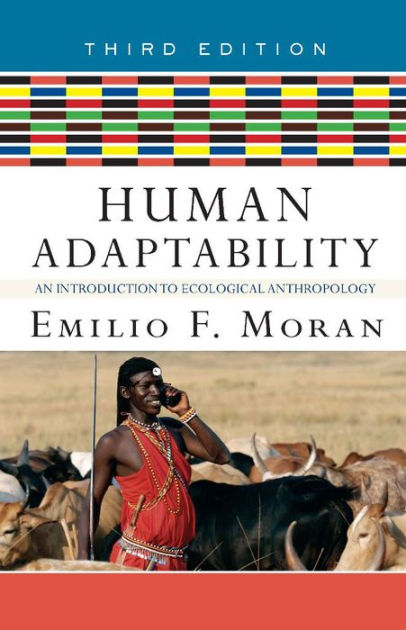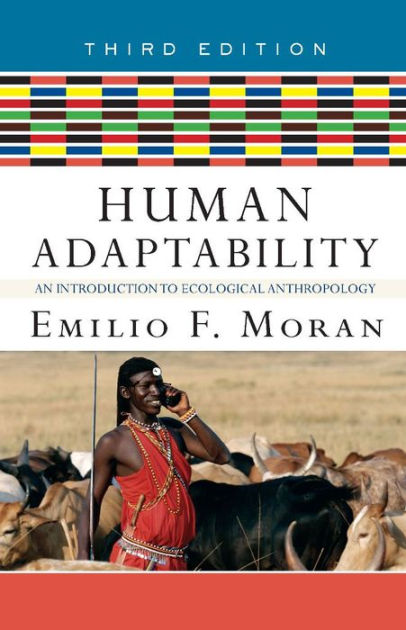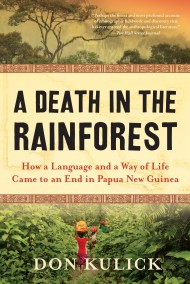Promotion
Use code MOM24 for 20% off site wide + free shipping over $45
Human Adaptability
An Introduction to Ecological Anthropology
Contributors
Formats and Prices
Price
$9.99Format
Format:
- ebook $9.99
- Trade Paperback $18.99
- Trade Paperback $49.00
This item is a preorder. Your payment method will be charged immediately, and the product is expected to ship on or around April 27, 2009. This date is subject to change due to shipping delays beyond our control.
Also available from:
Designed to help students understand the multiple levels at which human populations respond to their surroundings, this essential text offers the most complete discussion of environmental, physiological, behavioral, and cultural adaptive strategies available. Among the unique features that make Human Adaptability outstanding as both a textbook for students and a reference book for professionals are a complete discussion of the development of ecological anthropology and relevant research methods; the use of an ecosystem approach with emphasis on arctic, high altitude, arid land, grassland, tropical rain forest, and urban environments; an extensive and updated bibliography on ecological anthropology; and a comprehensive glossary of technical terms.
Entirely new to the third edition are chapters on urban sustainability and methods of spatial analysis, with enhanced emphasis throughout on the role of gender in human-adaptability research and on global environmental change as it affects particular ecosystems. In addition, new sections in each chapter guide students to websites that provide access to relevant material, complement the text's coverage of biomes, and suggest ways to become active in environmental issues.
Genre:
- On Sale
- Apr 27, 2009
- Page Count
- 304 pages
- Publisher
- Avalon Publishing
- ISBN-13
- 9780786732531
Newsletter Signup
By clicking ‘Sign Up,’ I acknowledge that I have read and agree to Hachette Book Group’s Privacy Policy and Terms of Use







